12 Anti-Aging Foods That Boost Longevity According to a Nutritionist
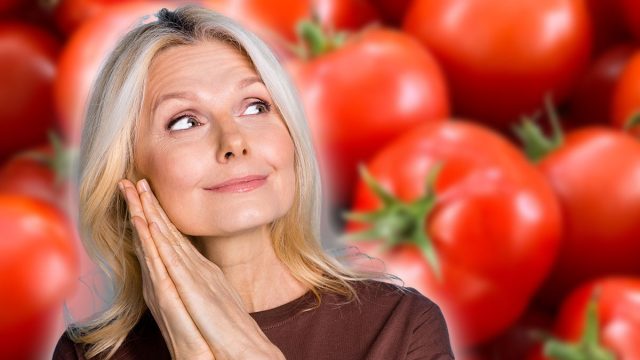
We all know that fried, fatty, and ultraprocessed foods aren't exactly good for aging. But did you know that eating certain foods can help you look younger? Body Network chatted with Heather Snead, Live Conscious Expert and Nutritionist, asking her about foods that are basically the equivalent of the fountain of youth. Here are 12 anti-aging foods to boost longevity, according to Snead.
Berries (Blueberries, Strawberries, Raspberries)
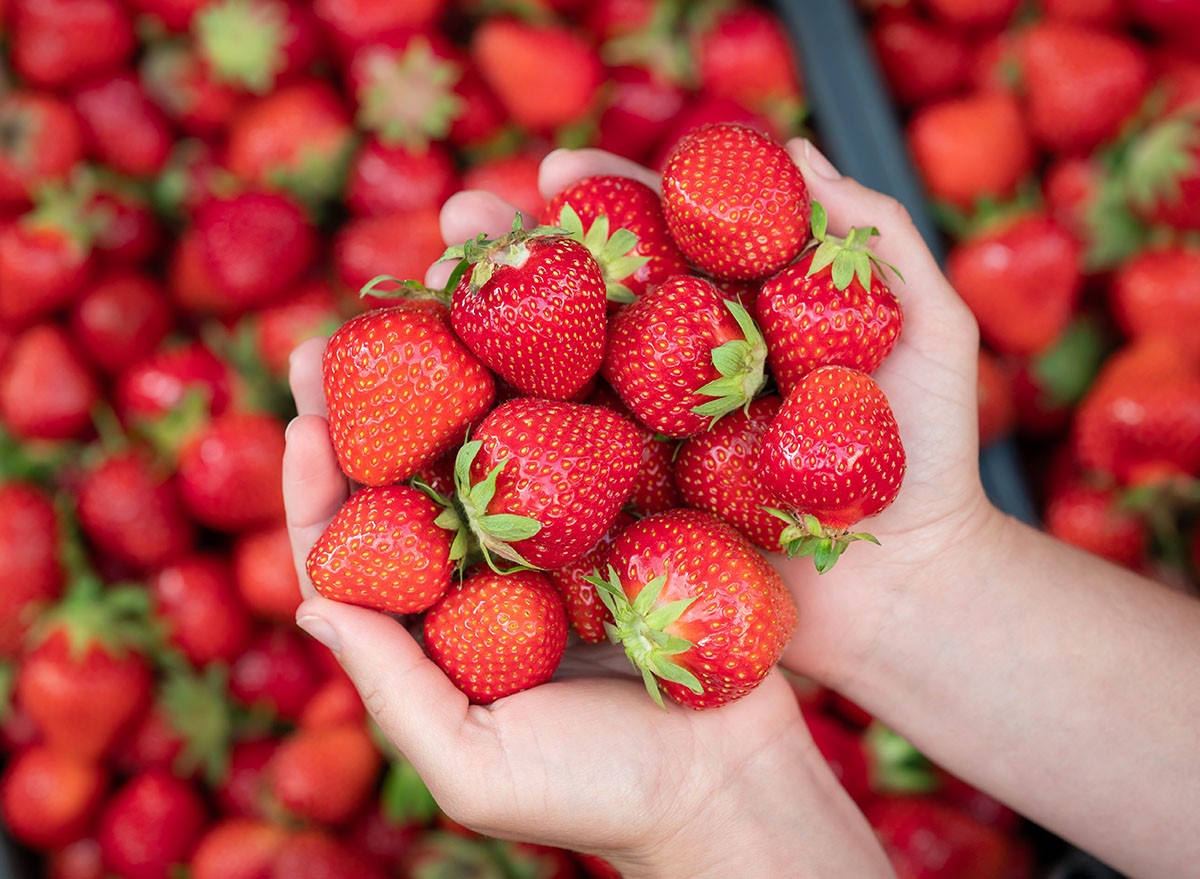
The first food she recommends? Berries, specifically blueberries, strawberries, and raspberries. Why? "They are packed with antioxidants, like anthocyanins, which combat free radicals and protect against cellular damage," she says.
RELATED: 8 High-Protein Foods with Nearly Zero Calories That Melt Fat
Leafy Greens (Bok Choy, Kale)
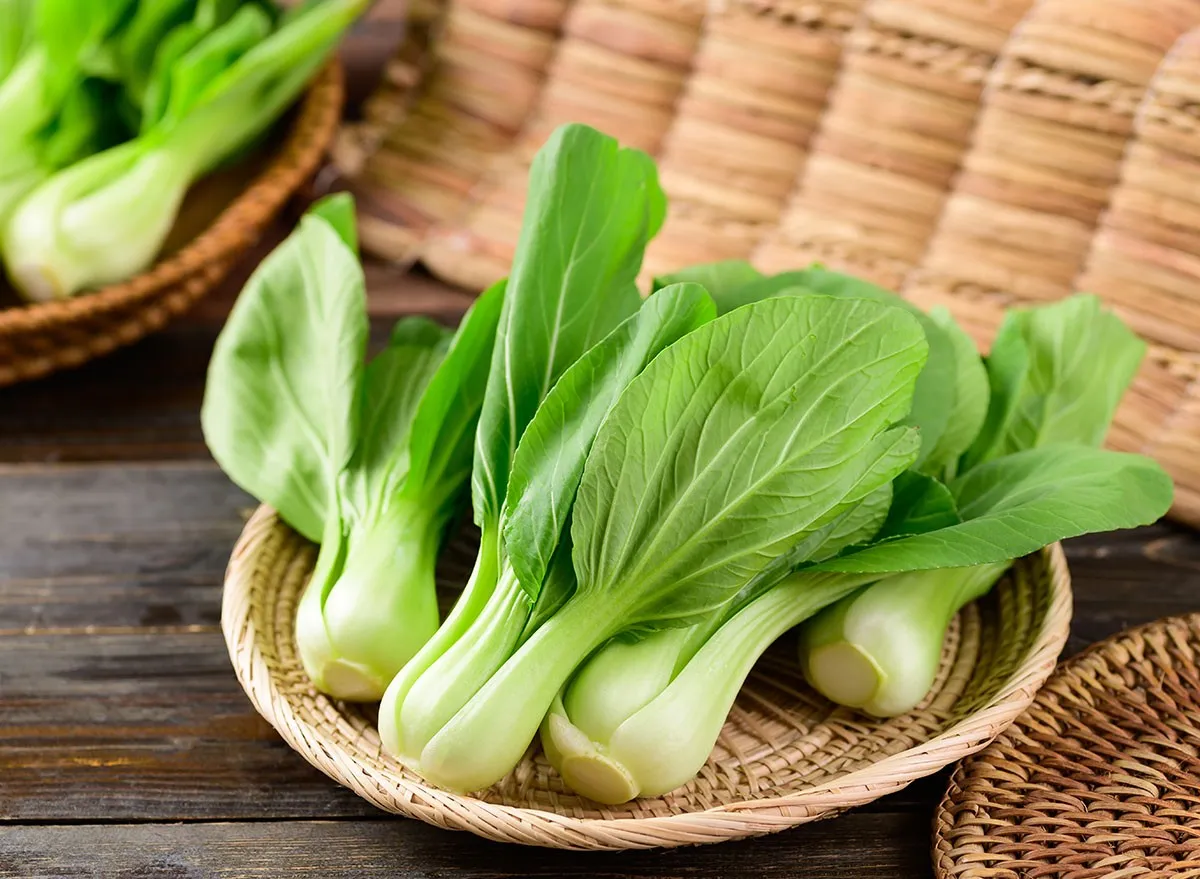
She also recommends leafy greens including boke choy and kale. "Rich in vitamins A, C, and K, as well as antioxidants, which support skin elasticity and hydration. Bok choy, in particular, is a good source of vitamin C," she says.
Avocado
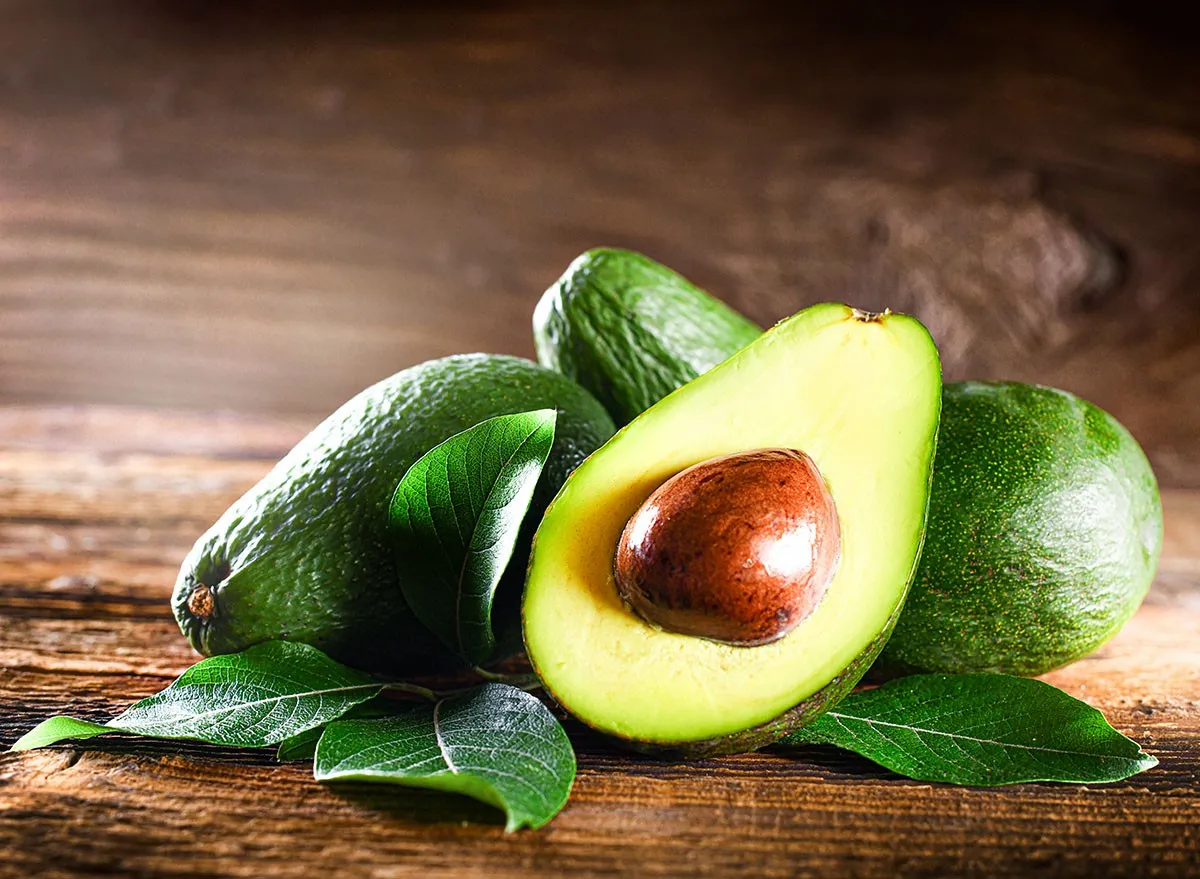
Avocado is packed with health fats. "Contains healthy monounsaturated fats and vitamin E, which nourish and hydrate the skin," she says.
Fatty Fish (Salmon, Mackerel)
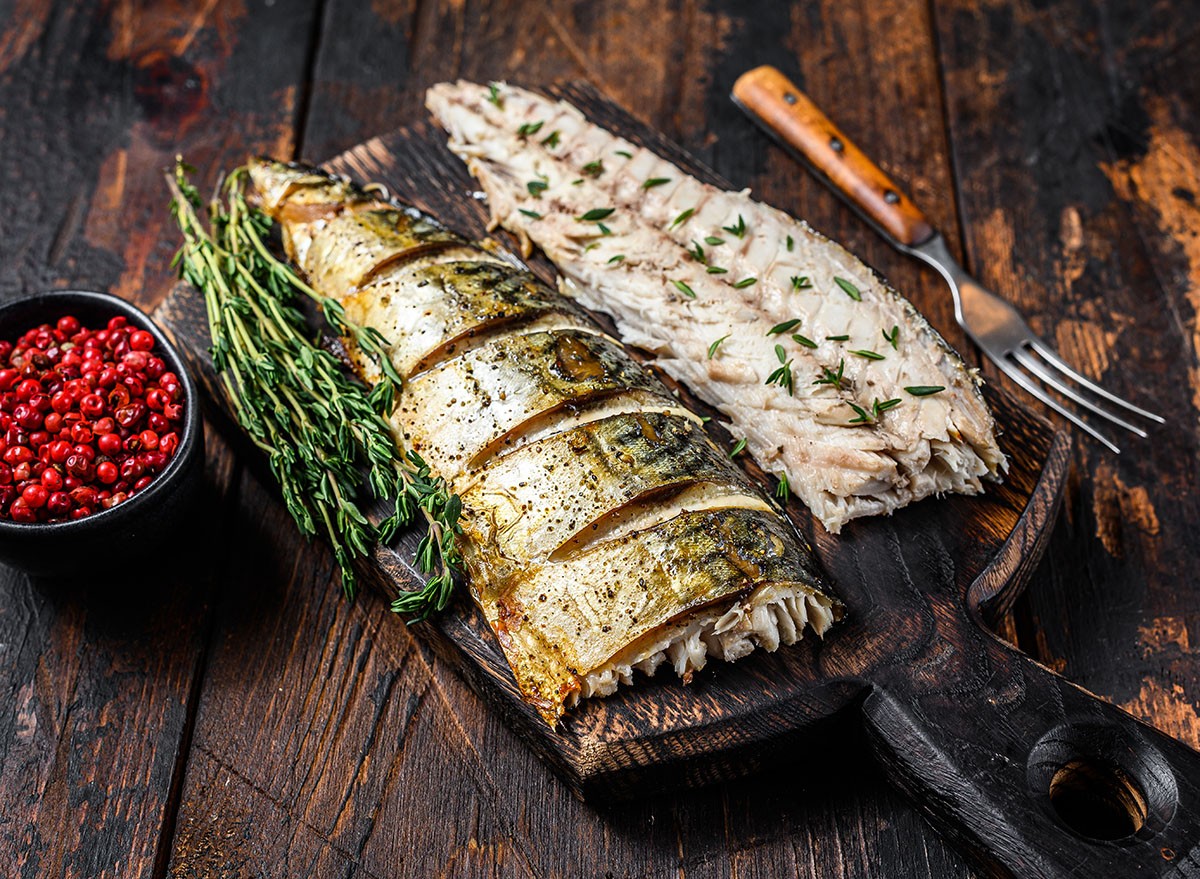
Another must-eat? Fatty fish like salmon and mackerel. "High in omega-3 fatty acids, which reduce inflammation and support skin health," she says.
RELATED: 20 Foods You Didn't Know Were Ultra-Processed
Nuts and Seeds (Almonds, Walnuts, Flaxseeds):
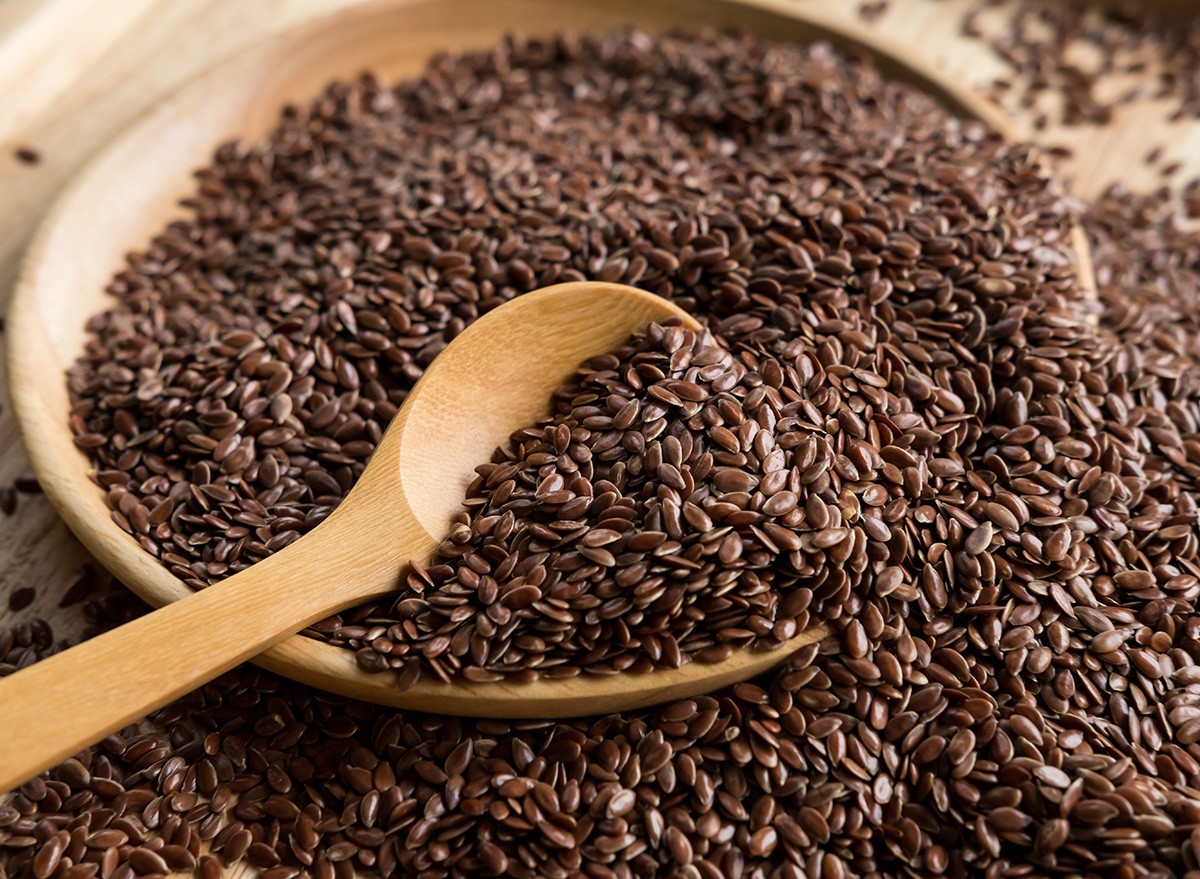
What should you snack on? Nuts and seeds, including almonds, walnuts, and flaxseeds. "Provide vitamin E, healthy fats, and antioxidants, which protect against sun damage and promote skin repair," she says.
Olive Oil
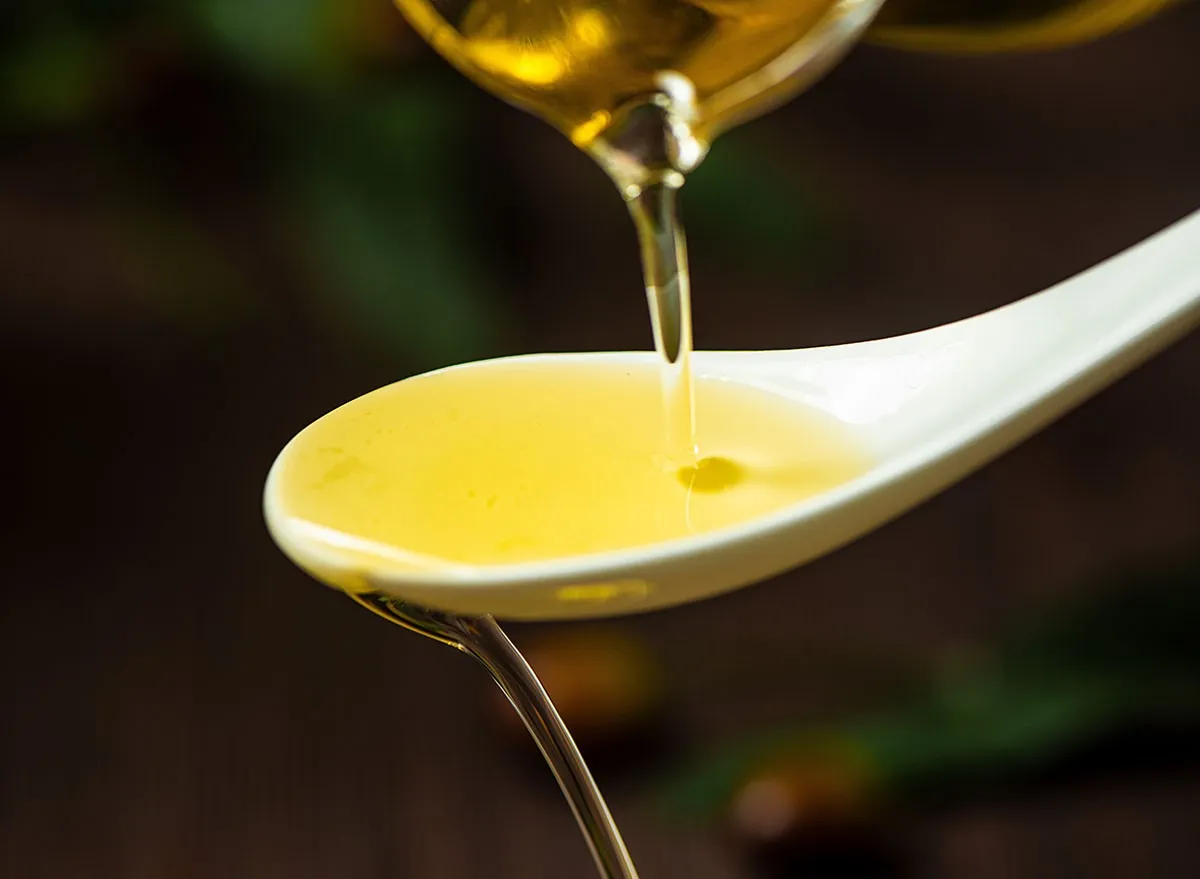
Olive oil is also beneficial. "Rich in antioxidants and healthy monounsaturated fats, which hydrate the skin and reduce inflammation," she says.
Green Tea
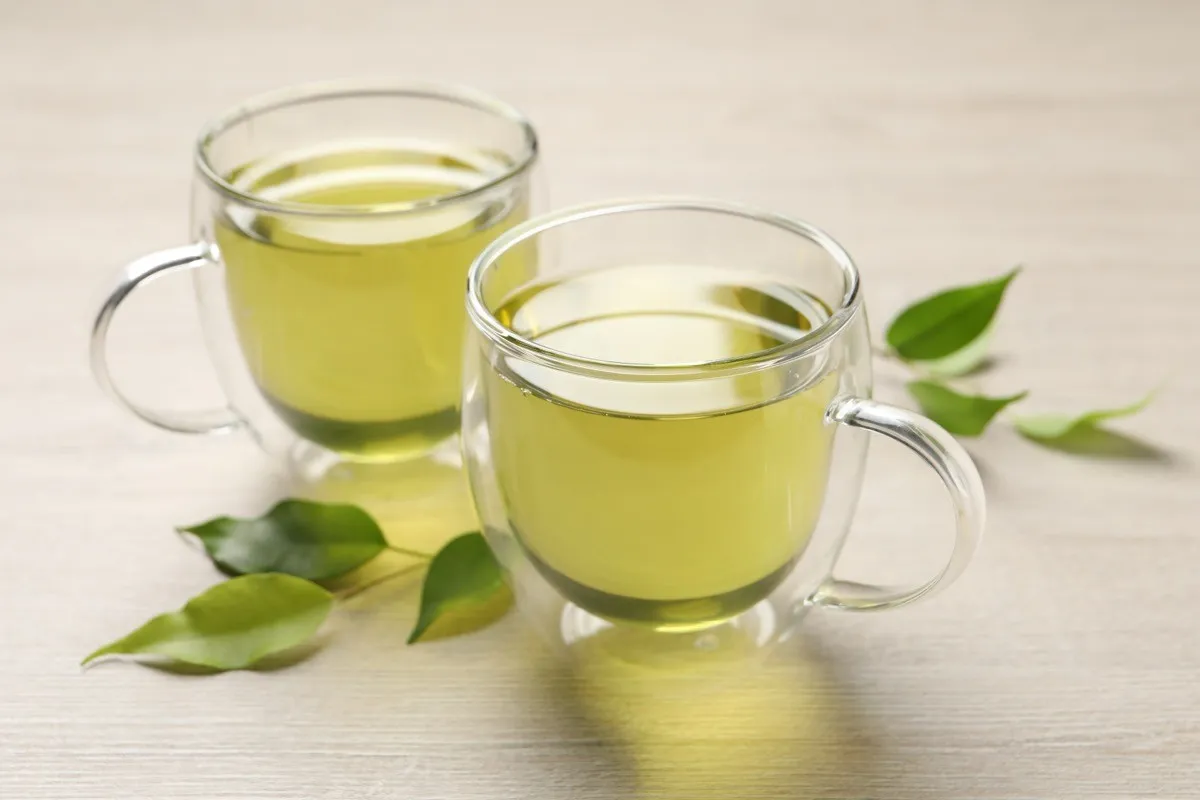
If you need a boost of caffeine, sip on some green tea, which has anti-aging properties. "Contains polyphenols, which protect against sun damage and improve skin elasticity," she says.
Tomatoes
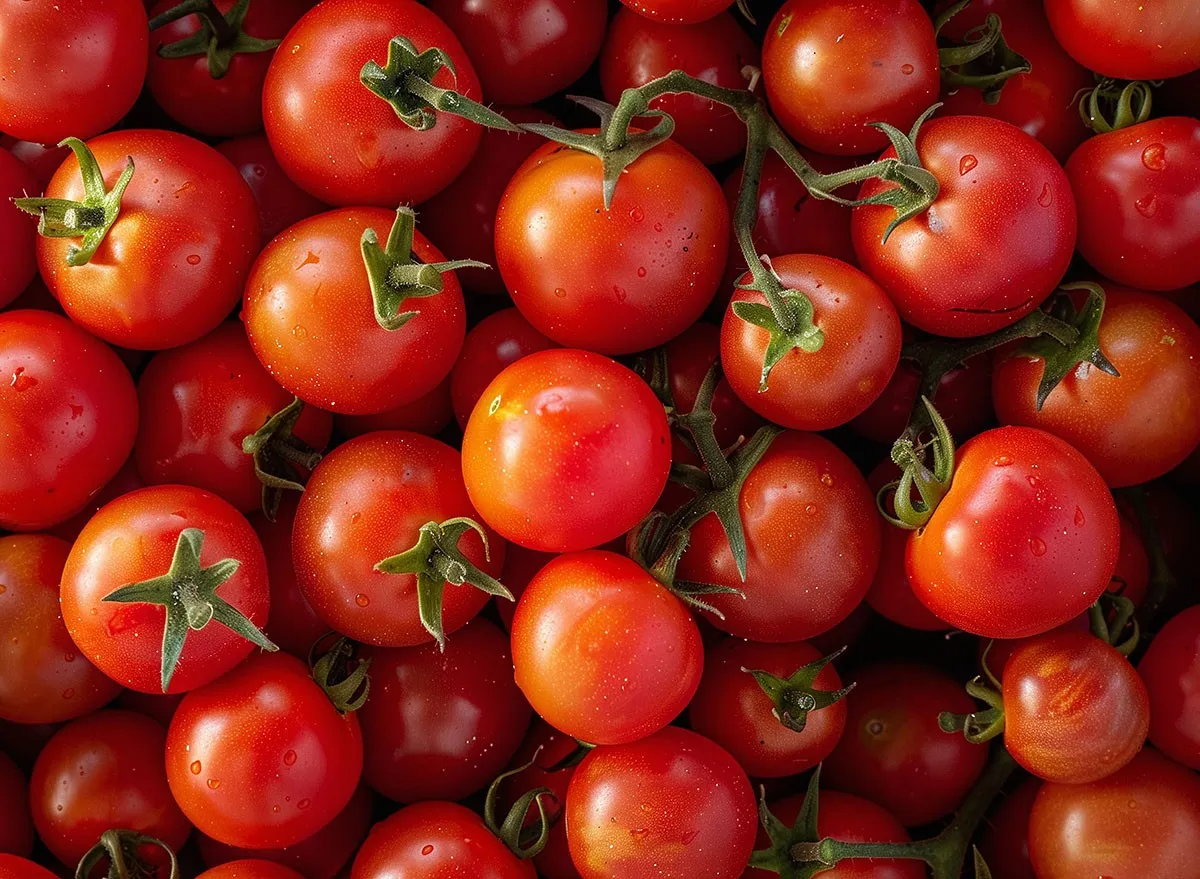
Add some tomatoes to your salad. "Rich in lycopene, an antioxidant that protects against sun damage and improves skin texture," she says.
RELATED: I'm a Nutritionist and These are the Best Banana Recipes For Weight Loss
Pomegranates
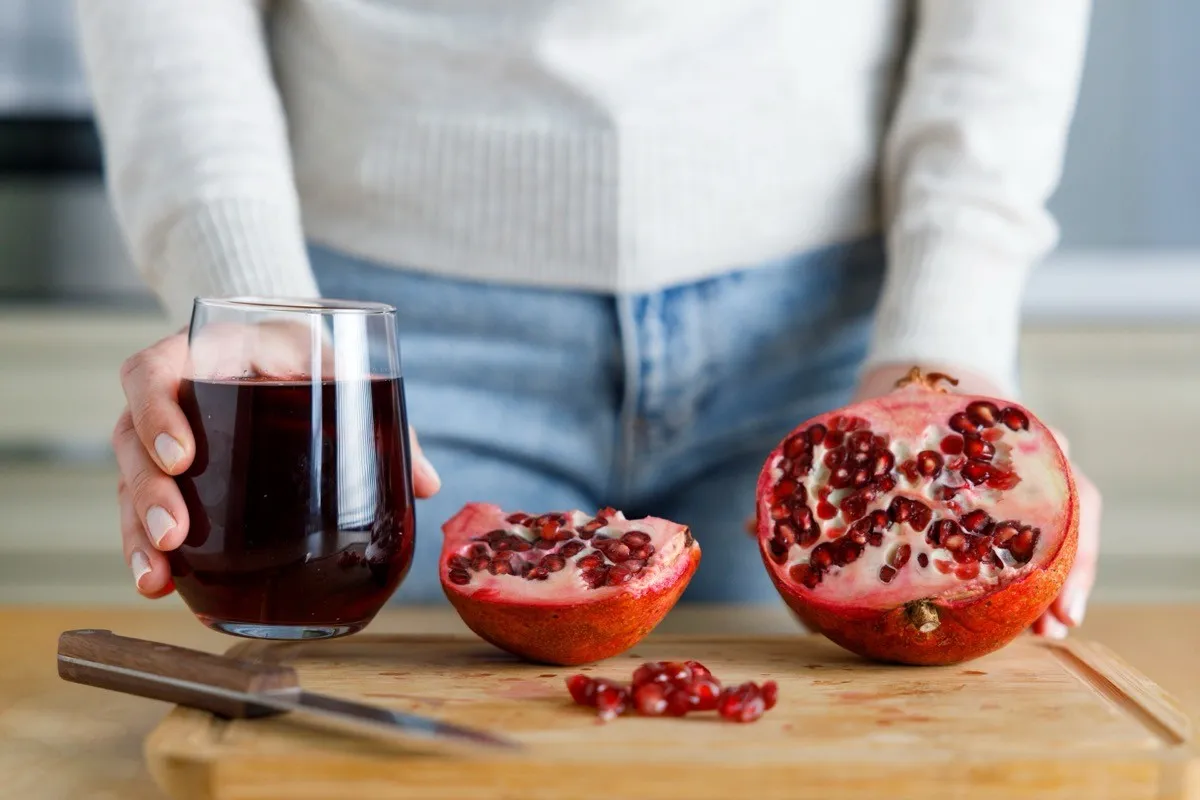
Pomegranate is a great fruit for anti-aging. "Rich in antioxidants, particularly punicalagin, which may help protect against sun damage and promote collagen production," she says.
Sweet Potatoes/Yams
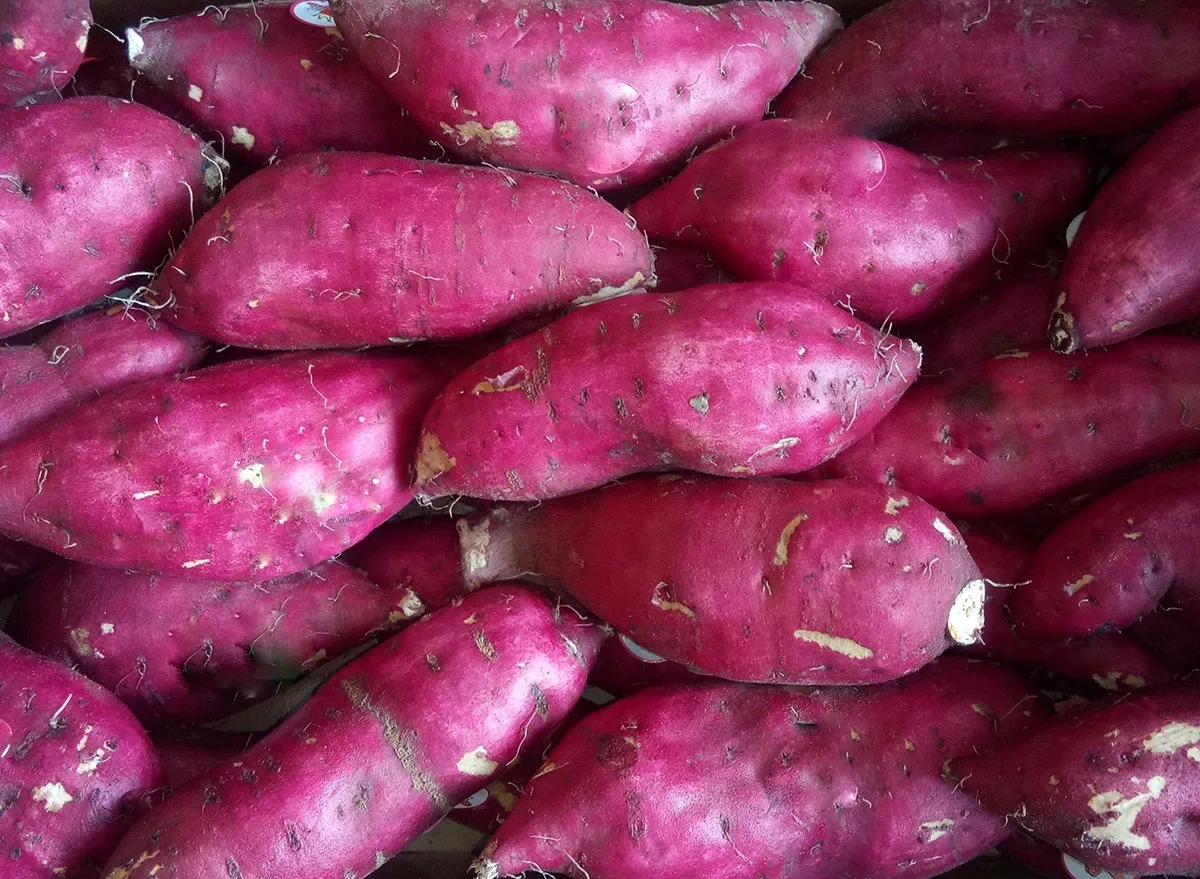
When it comes to carbs, sweet potatoes and yams are great for anti-aging. "Rich in beta-carotene, which converts to vitamin A and promotes skin cell turnover. They also provide vitamin C and other antioxidants," she says.
Citrus Fruits (Oranges, Lemons)
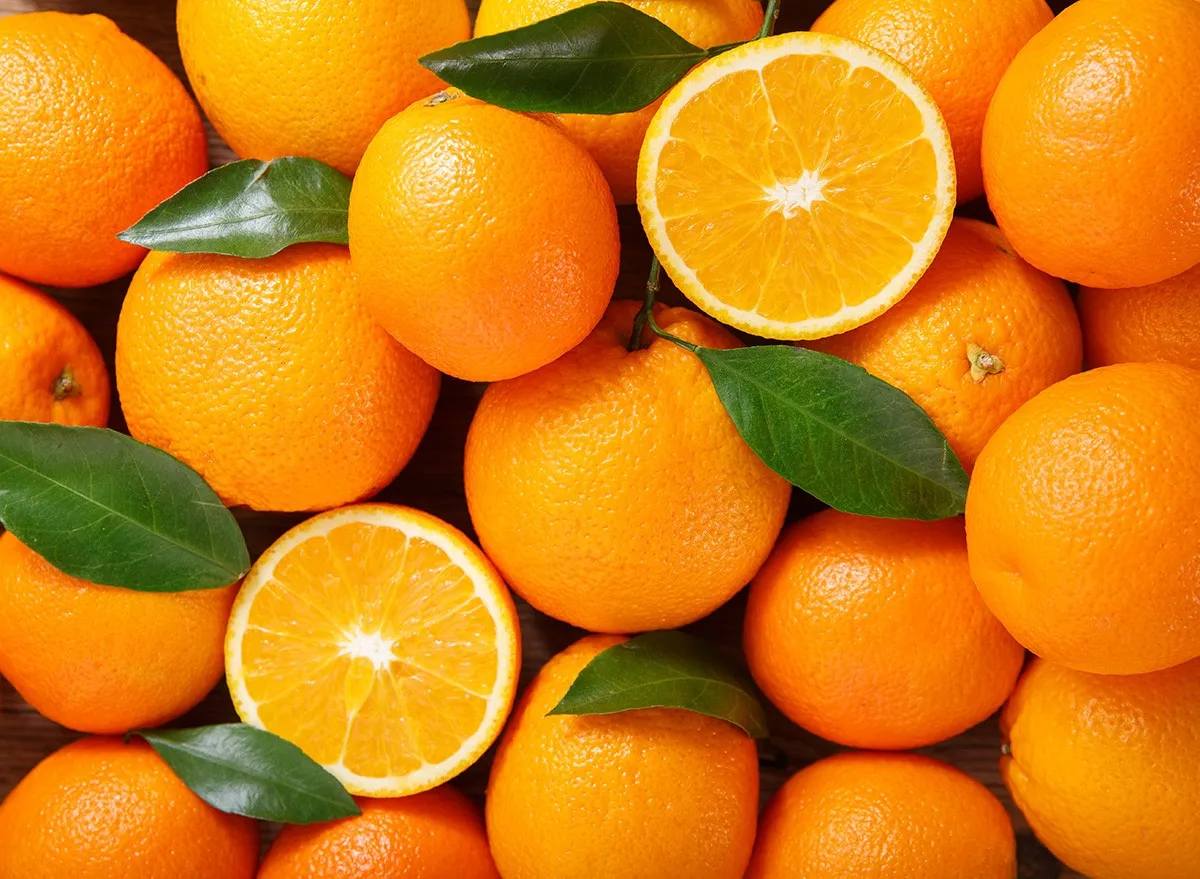
Another great type of fruit for longevity? Citrus, specifically oranges or lemons. "High in vitamin C, which is essential for collagen production and skin radiance," she writes.
RELATED: What Happens When You Quit Soda, According to a Nutritionist
Mushrooms
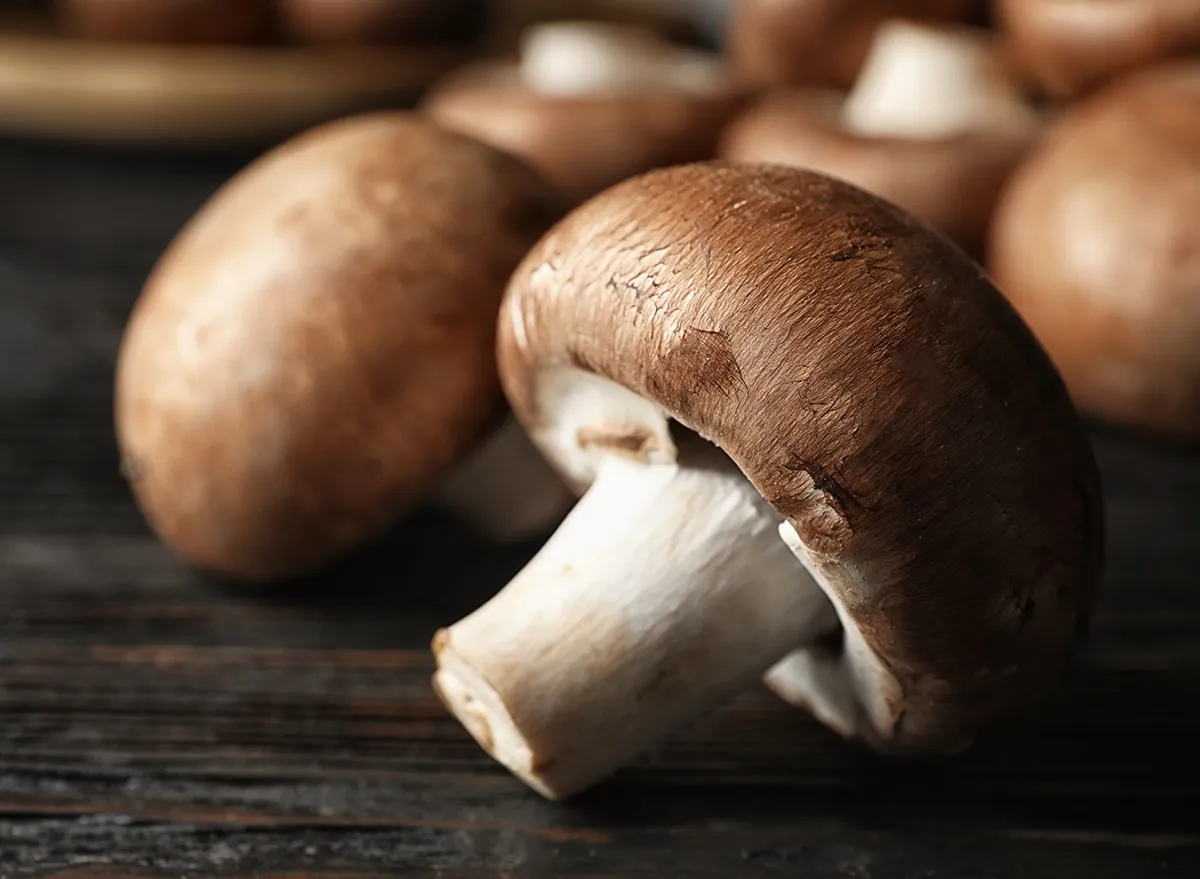
Last on her list? Mushrooms "rich in antioxidants, polysaccharides, and anti-inflammatory compounds that help combat oxidative stress, support collagen production, boost immune function, and promote brain health—key factors in slowing the aging process," she says. And if you enjoyed this article, take advantage of these 15 Quick Ways to Lose Body Fat Percentage in a Week.




